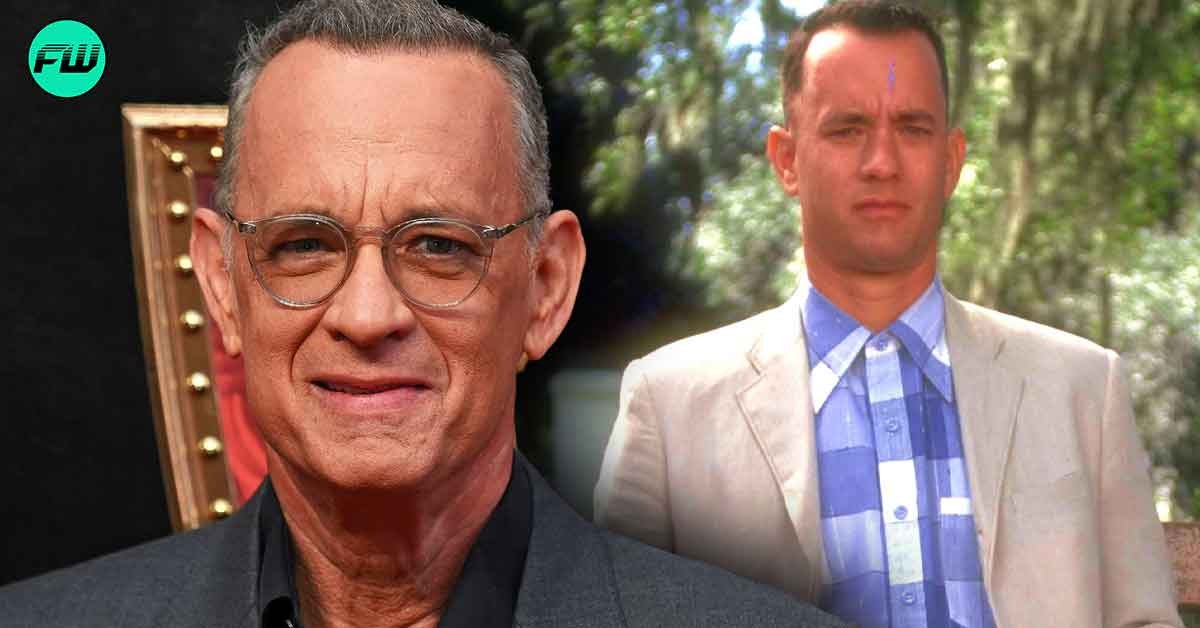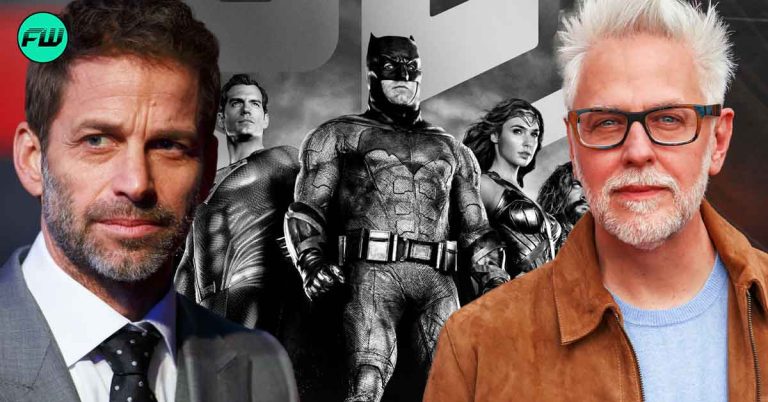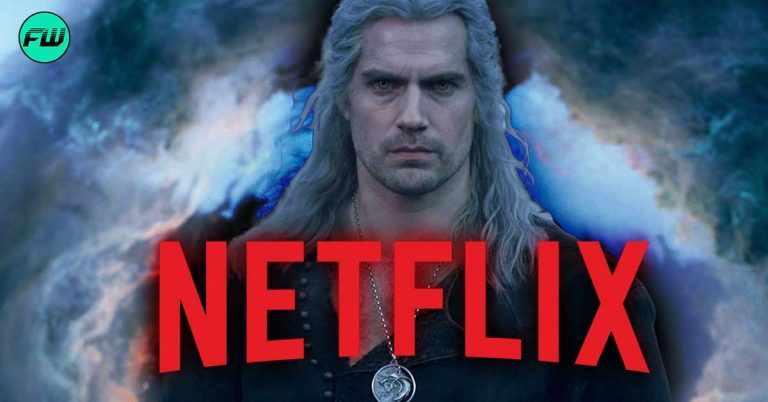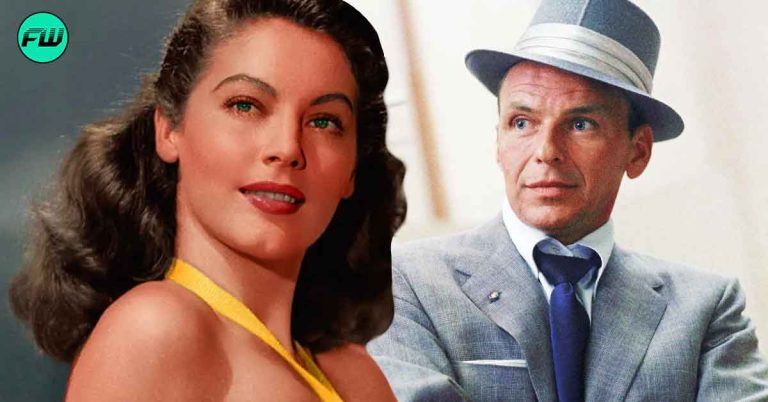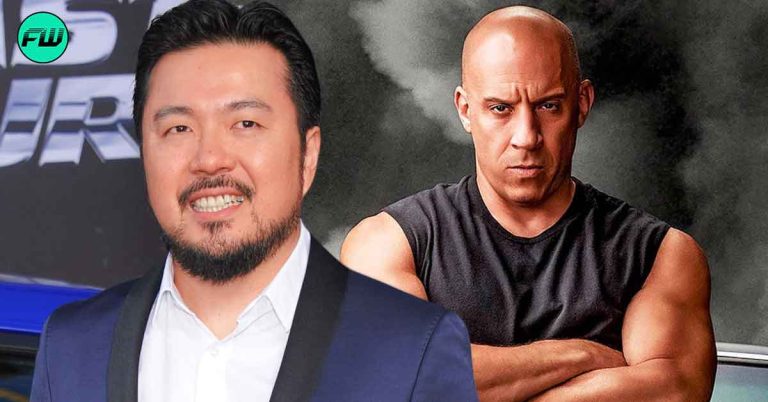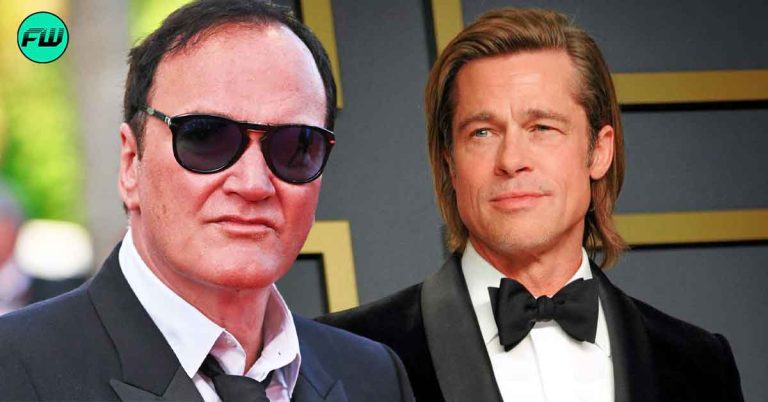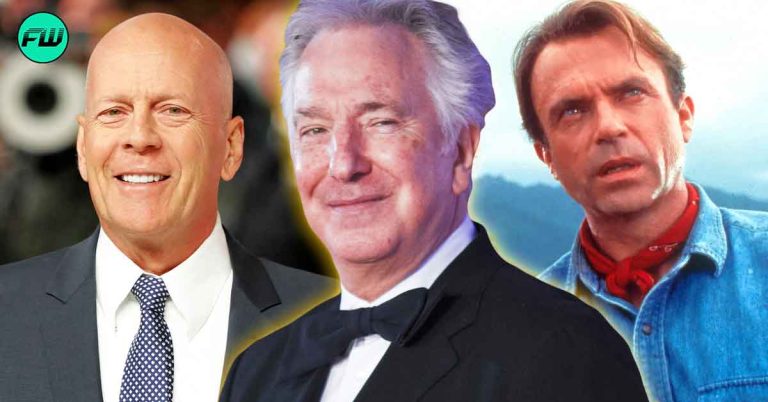Few films have managed to capture the hearts of audiences quite like the 1994 classic Forrest Gump. With its blend of humor, drama, and poignant social commentary, this iconic film has left an indelible mark on pop culture. But behind the scenes, the journey to bring Forrest’s story to life was as compelling as the film itself, marked by financial risks, creative gambles, and an unwavering commitment to authenticity.
The Making of a Masterpiece Forrest Gump
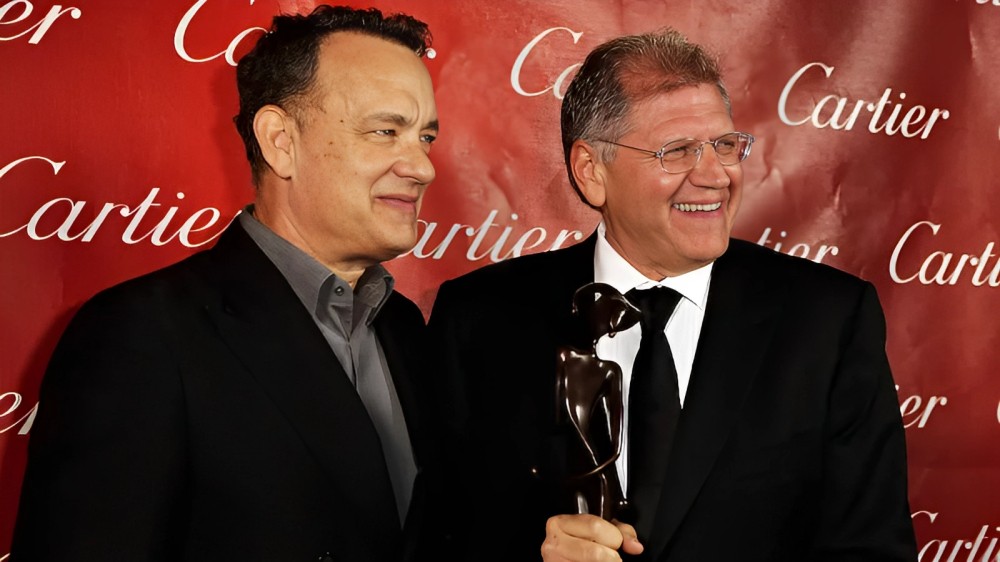
Forrest Gump is a cinematic gem that weaves a tale of love, friendship, and the human spirit against the backdrop of some of the most significant events in American history. Directed by Robert Zemeckis and starring Tom Hanks in the titular role, the film is an adaptation of Winston Groom’s 1986 novel, although it diverged significantly from the source material. The cast also includes other notable actors like Robin Wright and Gary Sinise, who brought to life the unforgettable characters of Jenny Curran and Lieutenant Dan Taylor, respectively.
The film’s narrative, which spans several decades, required a diverse range of sets, a large cast of characters, and the use of cutting-edge special effects. However, the commitment to authenticity by Hanks and Zemeckis truly sets the film apart. This commitment, though admirable, came with its own set of challenges, particularly financial ones.
A Risk Worth Every Penny
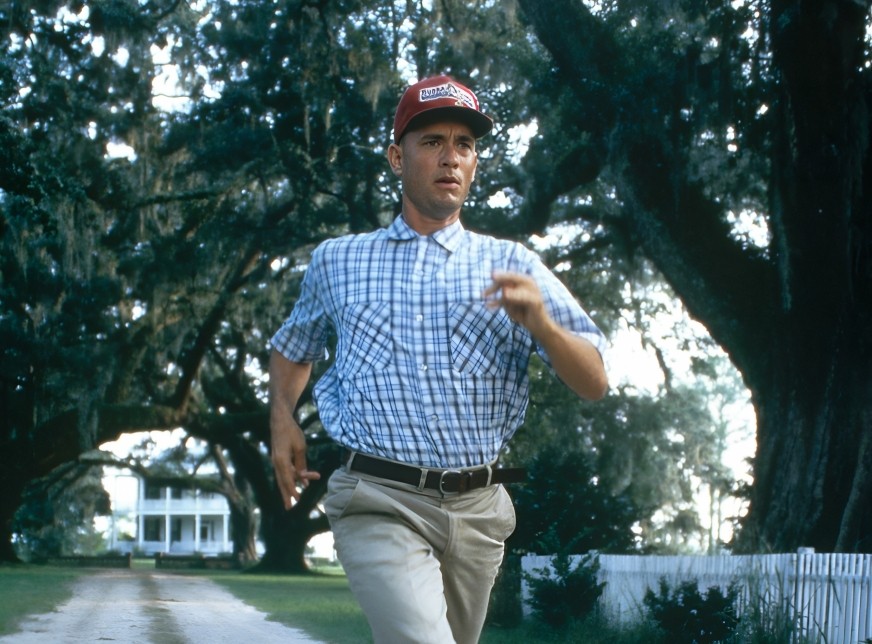
The iconic running scenes in Forrest Gump are some of the most memorable in cinema history. However, these scenes almost didn’t make it to the big screen. The studio, concerned about the potential cost and unsure about audience reception, was initially reluctant to fund these scenes. But Hanks and Zemeckis were adamant.
“Well, the studio just said, ‘We can’t afford it; you’re not gonna do it,'”
Hanks recalled. Unwilling to compromise on their vision, they decided to share the costs of the scenes, with Hanks sacrificing a portion of his salary and Zemeckis contributing from his own funds.
Despite the financial risk, Hanks’ and Zemeckis’ gamble paid off. Instead of a traditional salary, Hanks negotiated a contract that gave him a percentage of the box office receipts. The film was a massive hit, grossing over $678 million worldwide. While the exact amount Hanks earned from the film has not been publicly disclosed, his profit-sharing deal reportedly resulted in a significant sum.
The Legacy of Forrest Gump
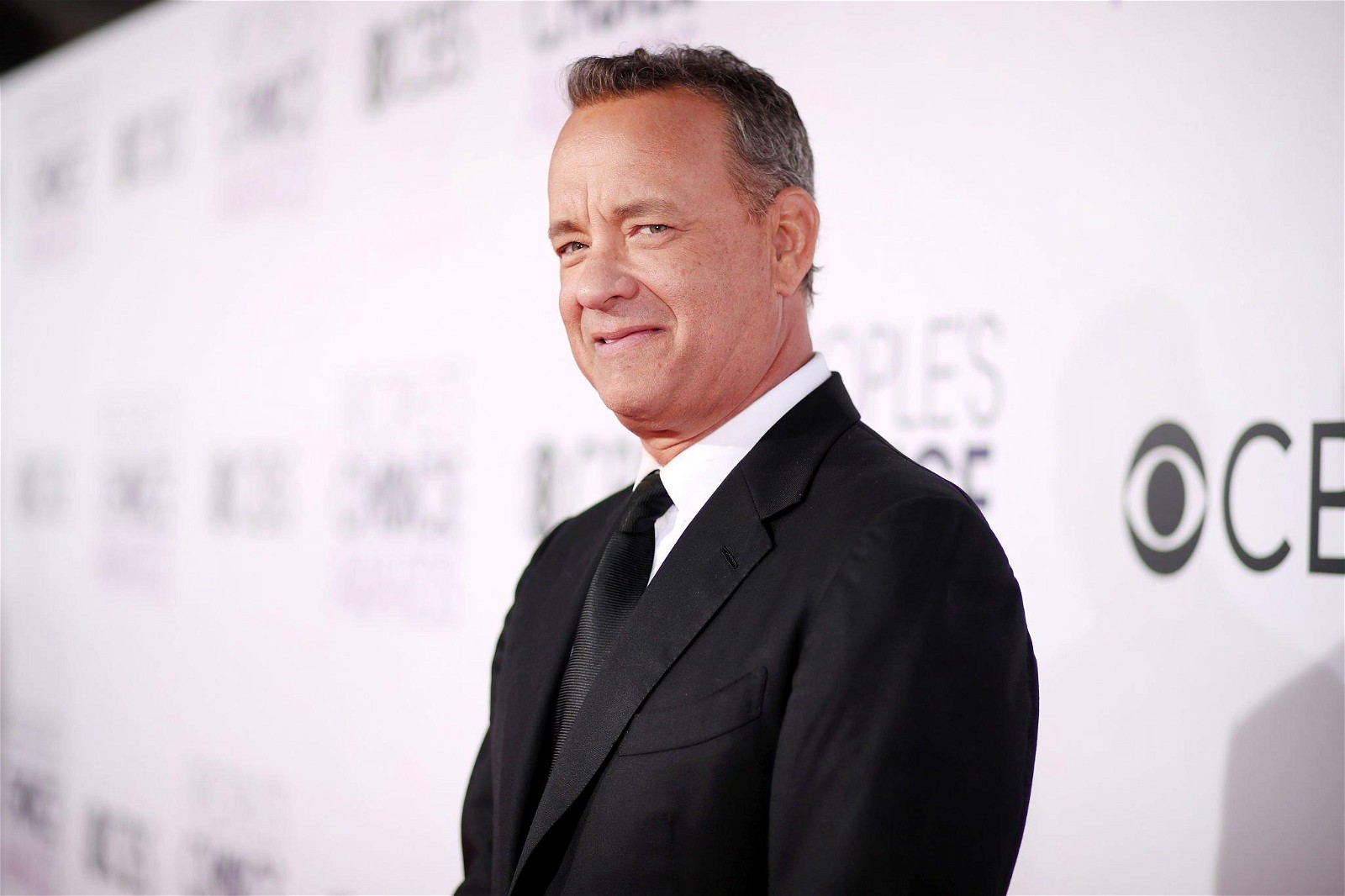
Forrest Gump was not just a commercial success but also a critical darling. The film won six Oscars, including Best Picture, Best Director for Zemeckis, and Best Actor for Hanks. The running scenes, funded by Hanks and Zemeckis, became some of the most iconic in film history, symbolizing Forrest’s journey through life.
The film’s legacy extends beyond its accolades. It has permeated popular culture, with quotes like “Life is like a box of chocolates” becoming part of everyday vocabulary. The film also inspired the creation of the Bubba Gump Shrimp Company, a seafood restaurant chain established in 1996 by Viacom (now Paramount Global) and the Rusty Pelican seafood restaurant company.
Forrest Gump is a testament to the power of dedication and commitment to one’s craft. Despite the financial risks, Hanks and Zemeckis’ decision to share the costs of the running scenes ensured the film’s authenticity and ultimately contributed to its success. Their story serves as a reminder that sometimes, the price of art is worth every penny.
Forrest Gump is available for streaming on Netflix, Amazon Prime, and Paramount+. You can also stream Forrest Gump by renting or purchasing it on iTunes, Google Play, Amazon Instant Video, and Vudu.
Source: Cheat Sheet

